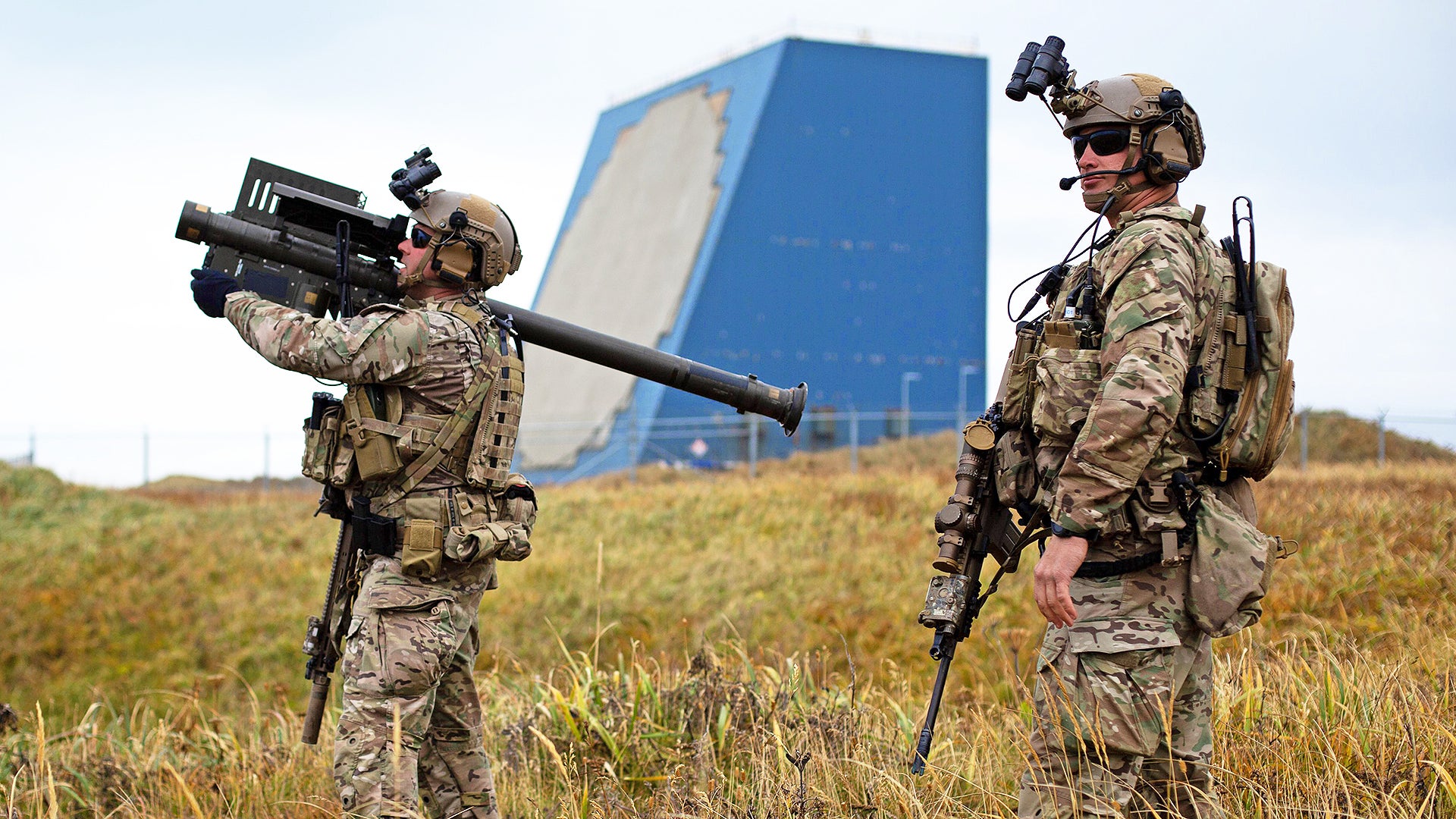What would arguably be among target number one on American soil during an all-out conflict with a peer state such as China or Russia, Shemya Island sits in the Aleutian Island chain as America’s closest stronghold to Russia’s eastern flank. It is home to the powerful and now upgraded AN/FPS-108 Cobra Dane early warning and tracking radar used to spot incoming ballistic missile strikes. This, along with a number of other ancillary capabilities it provides, including a 10,000-foot runway and associated airfield infrastructure with plenty of ramp space and an emergency arresting gear system, makes Shemya an extremely important locale that is worth protecting. Training for just such a mission is exactly what is going on right now as part of NORAD’s Noble Defender wargames in Alaska.
Shemya was a major player when it came to strategic surveillance during the Cold War. Beyond the Cobra Dane radar installation, detachments of RC-135 surveillance aircraft flew missions from the island throughout the Cold War, with Cobra Ball rocket and missile tracking aircraft standing alert from the unforgiving airfield all the way into the mid-1990s. You can read exactly what this operation was like from someone who flew Cobra Balls from Sheyma in this past feature of ours.


In the intervening post-Cold War years, beyond Cobra Dane radar, listening post, and weather station operations, Shemya was probably best known as an emergency landing strip for stricken airliners and military aircraft flying the northern routes than as a strategic fastness. That is all rapidly changing in the new era of so-called ‘great power competition.’ The cold truth is that Shemya would likely play a major role during any conflict in the Pacific, even beyond its strategic monitoring duties.
With this in mind, the potential threats to the remote windswept island and its sensitive infrastructure are numerous. On the high-end, cruise and ballistic missiles would be a major factor, but on the lower-end, the threat of enemy commandos trying to take the outpost intact would also be palpable.
As such, special operators assigned to Special Operations Command North (SOCNORTH), including Army Green Berets from the 10th Special Forces Group, deployed to Shemya for the exercise, training to defend the island alongside on-site security forces, which resulted in some pretty fascinating images. These include images of dive teams wading ashore, roving patrols in MRZR buggies, and even the deployment of FIM-92 Stinger man-portable air defense systems (MANPADS) to counter lower-tier aerial threats:







A video, also posted by NORAD on Twitter, shows a C-130 making crosswind landing at Shemya and releasing MRZRs loaded with special operators:
During a major crisis where the island is under direct threat, more advanced air defenses would be needed to protect it, but that is just one facet of such a plan, as is the deployment of special operators to helo counter a possible enemy raiding force.
Noble Defender isn’t just occurring at Shemya, it is ongoing all over Alaska, with NORAD’s core air defense mission being the focus. This includes Canadian CF-18 working alongside F-22s in support of various air defense training scenarios, including countering the rising threat of cruise missiles. While the F-22’s AN/APG-77 active electronically scanned array (AESA) radar is quite capable of detecting these low signature, low-flying targets, Canada’s CF-18s, with their AN/APG-73 mechanically scanned array radars are less so. But that will be changing soon as Canada is set to upgrade a number of its aging Legacy Hornets with new AN/APG-79V4 AESA radars.
The exercise on Shemya is just another sign of a rapidly increasing readiness and overall defensive posture around the Pacific as the U.S. grapples with a more aggressive China and less predictable Russia. With this in mind, we are likely to see more exercises that focus on fortifying critical and potentially vulnerable locations like Shemya, as well as enhancing their standing defenses, in the very near future.
Contact the author: Tyler@thedrive.com
